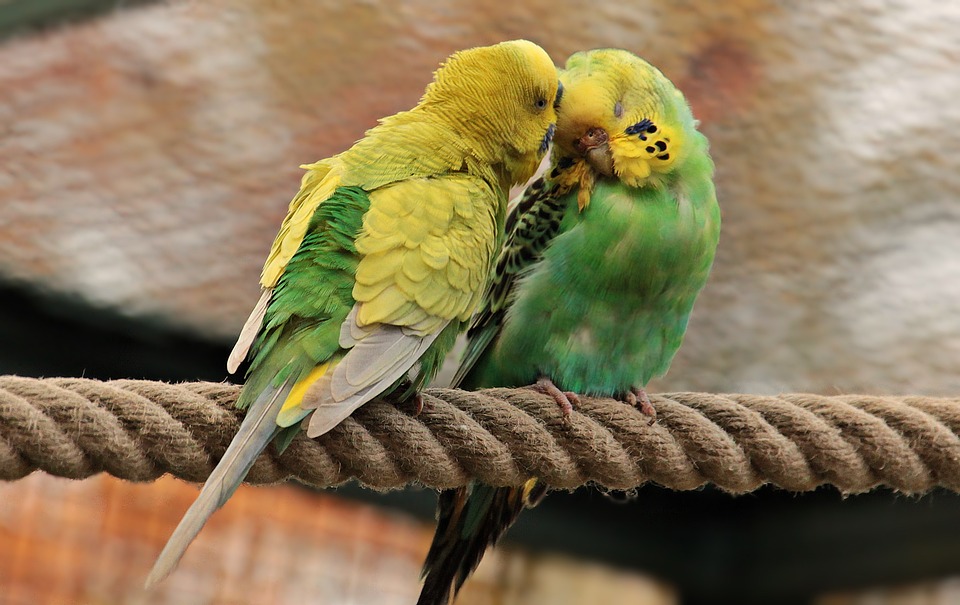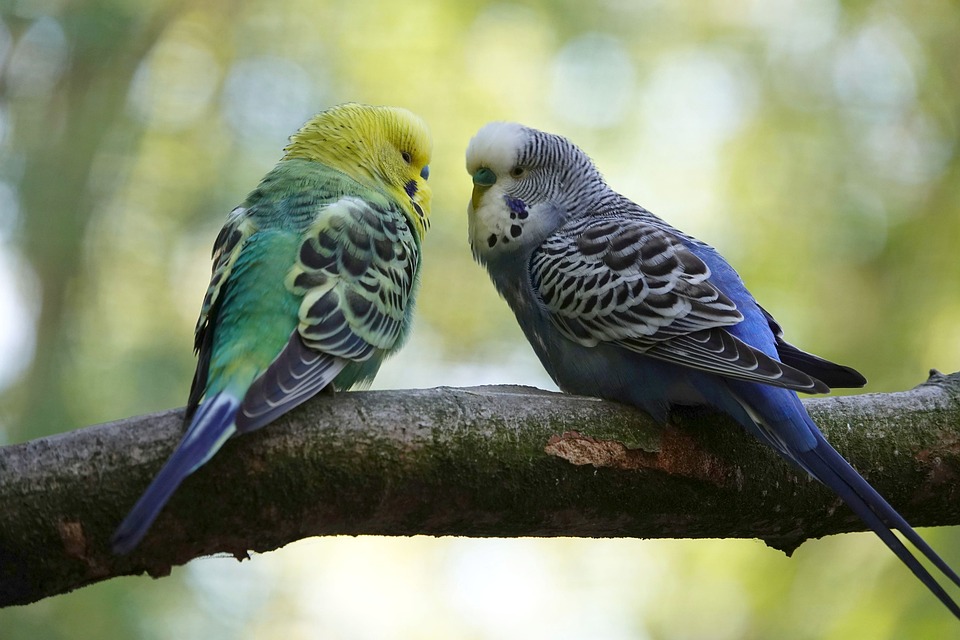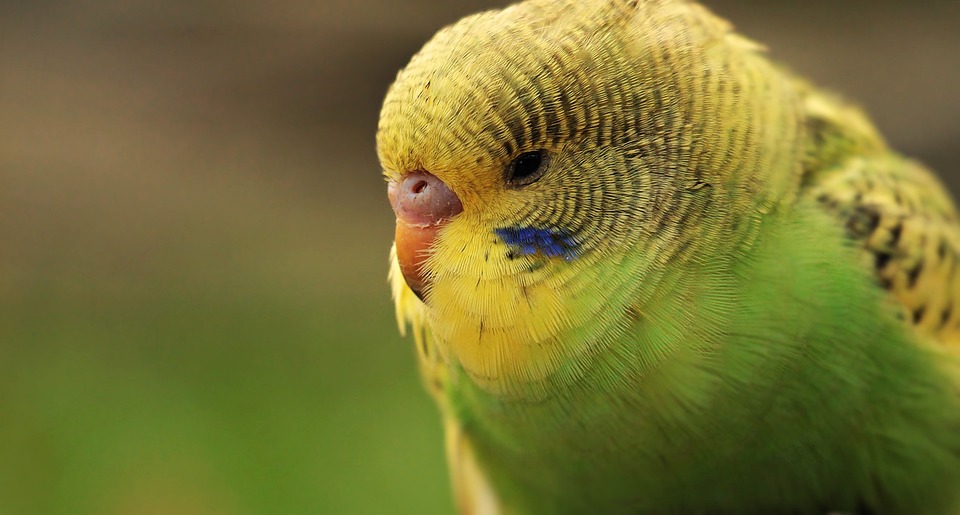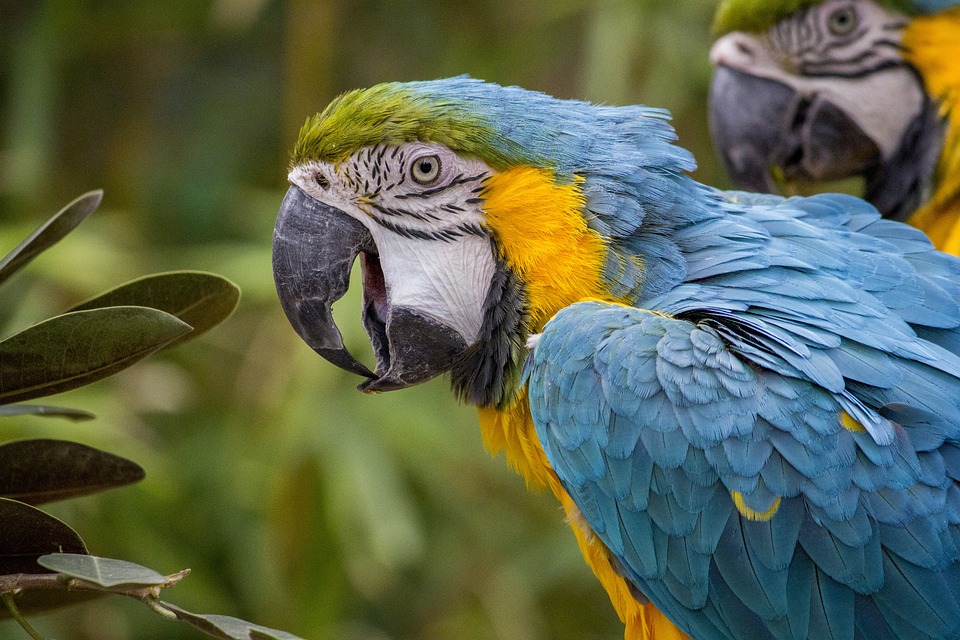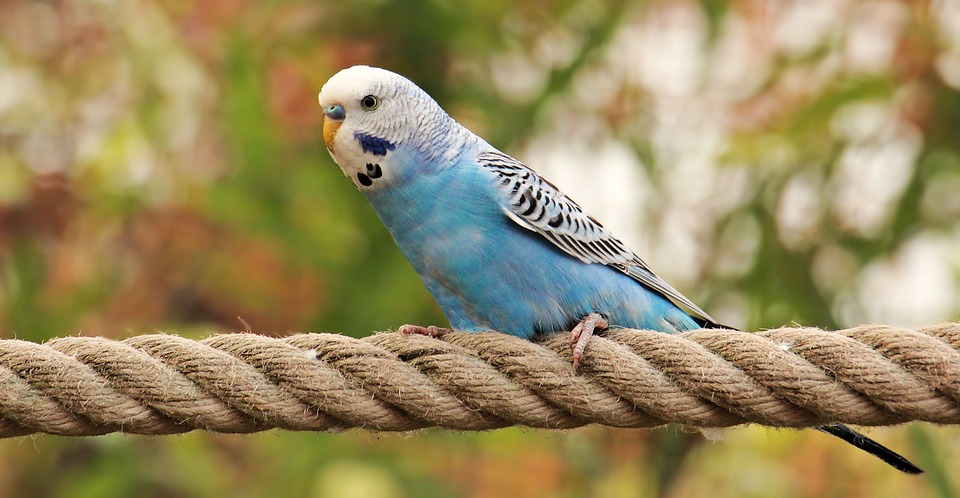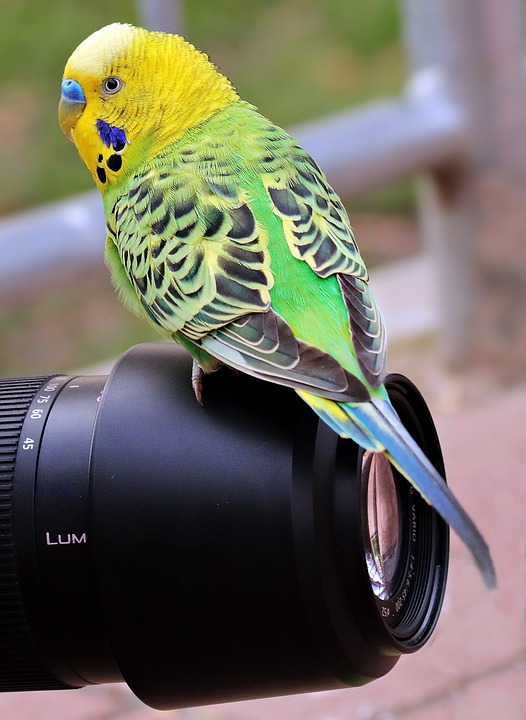Parrots are highly intelligent and social birds known for their vibrant colors, exceptional mimicry skills, and playful nature. Within a group of parrots, a social hierarchy is established to maintain order and structure. In this article, we will delve into the fascinating world of parrot social behavior, exploring how they establish their rank within a group and the factors that influence their hierarchy.
Parrot social hierarchy refers to the organization and ranking system that parrots establish within their group. It determines the order of dominance and submission among individuals, influencing their interactions, access to resources, and overall stability within the flock.
Several factors influence parrot social hierarchy. Age and experience play a significant role, with younger parrots often occupying lower ranks and gradually climbing the hierarchy as they mature. Older, more experienced parrots may hold higher ranks due to their knowledge and established social connections.
Gender can also influence parrot social hierarchy, although it varies between species. In some species, males may dominate over females, while in others, the reverse may be true. The influence of gender on parrot social hierarchy should be considered on a case-by-case basis.
Personality and temperament play a crucial role in determining an individual parrot’s rank within the hierarchy. Dominant and assertive parrots tend to secure higher ranks, while more submissive individuals occupy lower ranks. Some parrots may exhibit more neutral behavior, fitting in the middle of the hierarchy.
Physical strength can also influence a parrot’s rank within the hierarchy. Parrots with superior physical strength may assert dominance over weaker individuals. However, physical strength alone does not guarantee a higher rank, as other factors such as age, experience, and personality also play significant roles.
Parrots establish their social hierarchy through various means. Aggressive displays, such as charging, biting, or vocalizing, are common methods parrots use to establish dominance. Vocalizations and calls also play a role, with louder and more assertive vocalizations often associated with higher-ranking individuals. Body language and posturing, such as wing flapping, puffing up feathers, or head bobbing, communicate dominance or submission. Ritualized interactions, such as preening, allopreening (mutual grooming), or feeding each other, strengthen social bonds and establish a sense of hierarchy within the group.
The social hierarchy within a group of parrots can change over time. Factors such as age, physical condition, or alterations in the group’s composition can lead to shifts in ranks. A parrot that was once dominant may lose its rank due to aging or declining physical abilities.
While most parrot species exhibit social behavior and establish hierarchies, the dynamics and dominance structures may differ. Some species may form large flocks with clear hierarchies, while others may have smaller family groups or pairs that prioritize bonding over strict hierarchical systems.
Aggressive behavior is one method parrots use to establish hierarchy, but it is not the sole means. Parrots also rely on vocalizations, body language, and ritualized interactions to communicate dominance and submission.
Understanding parrot social hierarchy benefits pet parrot owners by helping them comprehend their parrot’s behavior and needs. It allows them to provide appropriate socialization opportunities, identify potential conflicts, and promote a balanced and harmonious environment for their feathered companions.
In conclusion, parrot social hierarchy plays a vital role in maintaining order and stability within a group. Understanding the factors influencing parrot social ranking, the methods they employ to establish hierarchy, and the nuances of their interactions can provide valuable insights for parrot owners and enthusiasts. By fostering an environment that respects and acknowledges parrot social needs, we can ensure the well-being and happiness of these remarkable birds.


